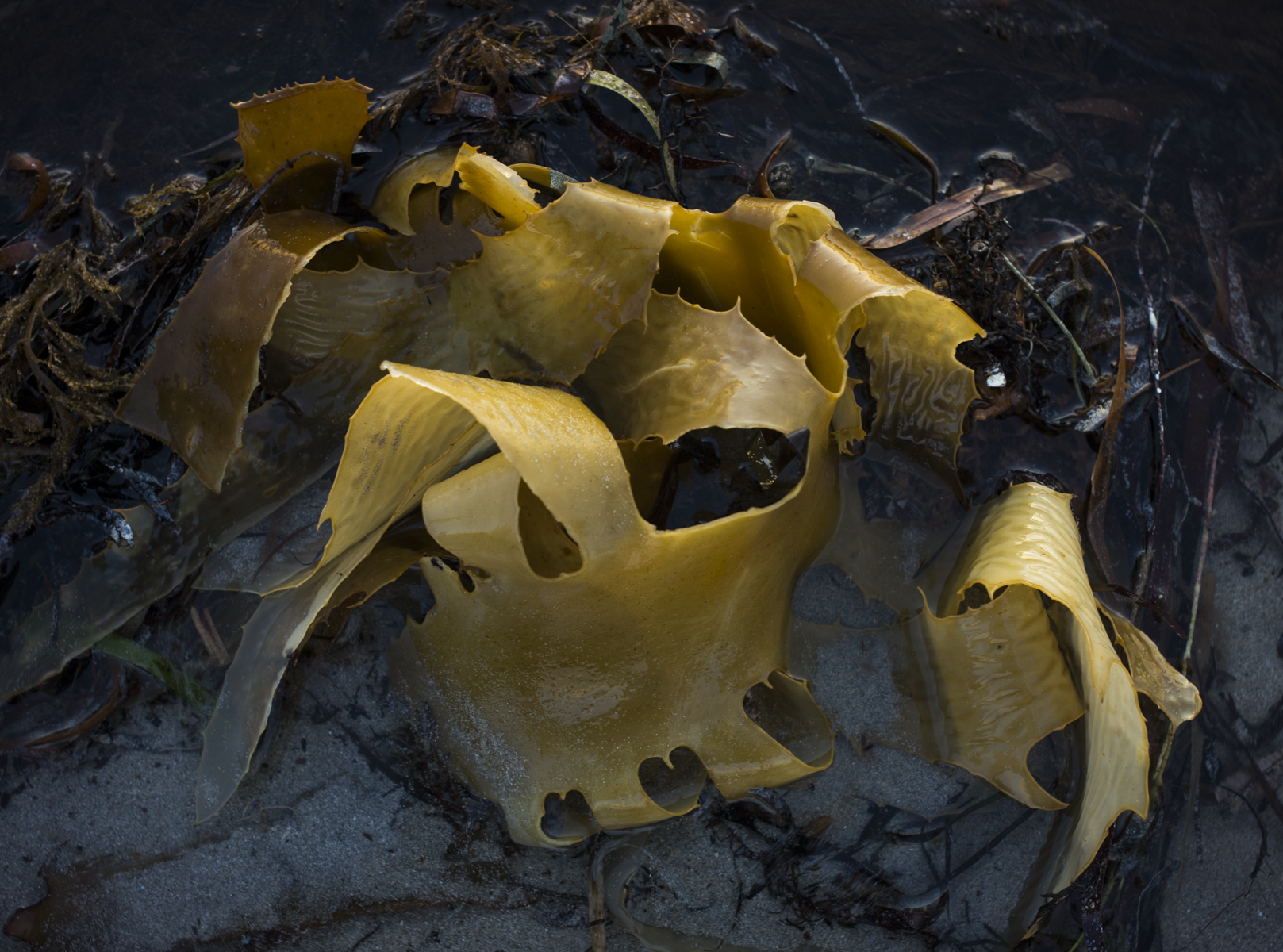Tim Horton, the Integrated Design Commissioner for South Australia, has said that too often the idea of vernacular in architecture is dogmatically applied to a Disney-like preconception of quaint pioneering shopfronts and the purse-lipped Georgian strait jacket and is rarely translated into the 21st century convincingly (we’ve all seen the historicist townhouse dwarfed by the three car garage grafted on the front).
He adds that the future of Adelaide’s city form needs to be modeled on a more sustainable response to our climate, not the Centenary picture book, circa 1936, and not a forced idyll long since departed.

If these are accurate observation, then we don’t seem to be getting in the buildings for businesses, and residences a shift in Adelaide that is a sustainable response to our environment. Nor is the urban form being reinvented for the 21st century. What we have is piecemeal ad-hockery.










